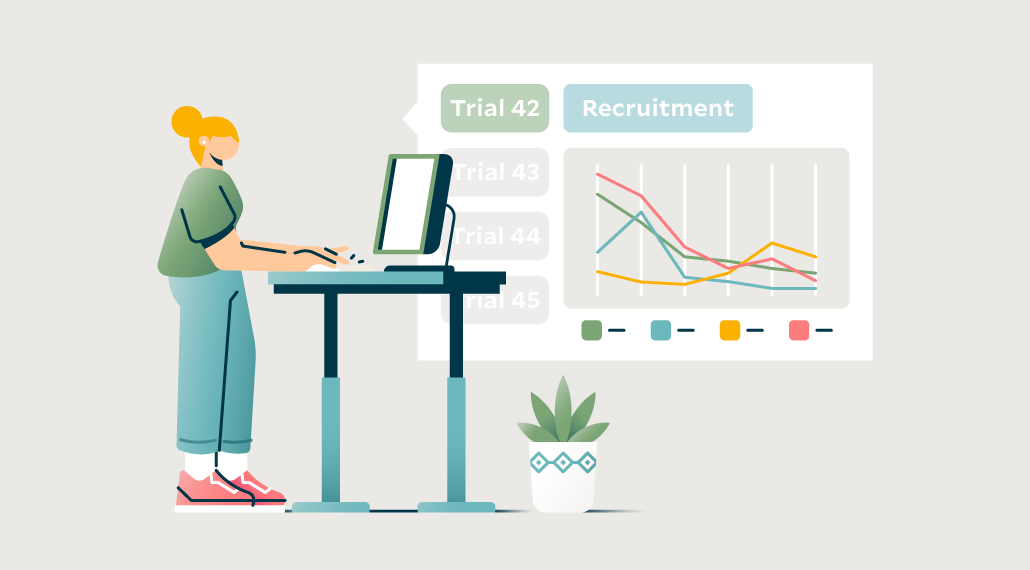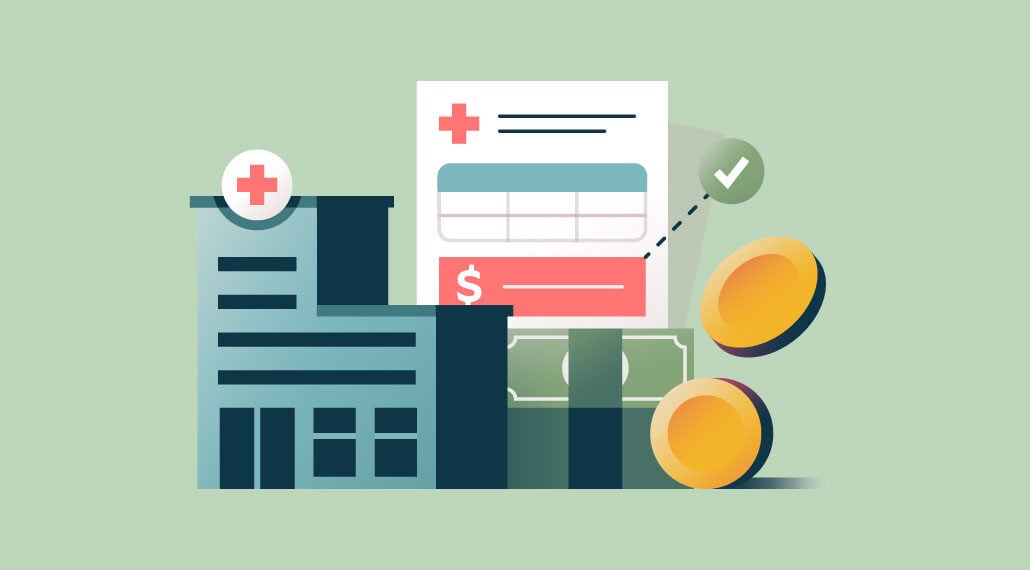October 15th, 2024
11 Types of Patient Visits in Clinical Research Studies (and Why They Matter!)
By Jessica Puente
.png)
In any clinical research study, patient visits are crucial touchpoints that guide both the progress of the study and the health of the participants. Each visit serves a unique purpose, from determining eligibility to ensuring long-term safety. Whether you're a clinical research professional or just curious about the clinical trial process, here’s a breakdown of the different types of patient visits that typically take place during a clinical trial study:
- Pre-Screening Visit
- Screening Visit
- Run-In Period
- Baseline Visit
- Randomization Visit
- Regular Study Visits
- Unscheduled Visits
- Lost to Follow-Up
- Early Termination Visit
- Completion Visit
- Safety Follow-Up Visit
1. Pre-Screening Visit: Is This Study Right for You?
Before anything official kicks off, a pre-screening visit helps identify if a potential participant even qualifies for the study. This might involve a brief phone call or an online survey to see if the individual meets the basic criteria—age, gender, medical history, or current condition—before proceeding to the next step.
Pro-Tip: Capturing data from both successful and unsuccessful pre-screens, you can create a tracking system that provides a record of your site’s activity that supports bids for future trials.
2. Screening Visit: Diving Into the Details
Once pre-screening looks promising, a more thorough screening visit happens. This is where participants go through a full medical evaluation, blood tests, imaging, or other diagnostic tests. The goal? To confirm they meet all the inclusion/exclusion criteria required for the trial. Think of it as a deep dive into health status.
Pro-Tip: Even if a patient isn’t right for the current study, sites can keep a digital patient database with I/E criteria information to easily find quality candidates for future trials.
3. Run-In Period: The Warm-Up Round
Some studies have what’s called a "run-in period," which acts as a trial run. Participants might be given a placebo or the standard treatment during this phase to establish a baseline, identify any early dropouts, or ensure the participant can adhere to study protocols. It’s like a test drive before the main study kicks off.
Pro-Tip: This is an opportunity to establish patient trust. Be sure to thoroughly explain the protocol and give the patient an easy way to reach out with questions.
4. Baseline Visit: Setting the Starting Line
Before the study drug or treatment begins, the baseline visit collects important data that will serve as a comparison point throughout the trial. This includes a participant's health metrics like vital signs, lab results, or condition severity. It's the "before" picture in a series of before-and-after snapshots.
5. Randomization Visit: Let the Study Begin
For studies with randomization (like double-blind, placebo-controlled trials), this visit is where participants are randomly assigned to either the study drug or a placebo/control group. This step is critical in maintaining the integrity of the trial, ensuring that results are unbiased and scientifically sound.
6. Regular Study Visits: Checkpoints Along the Journey
Throughout the trial, participants will have regular visits where the research team monitors their health and tracks any changes, side effects, or improvements related to the treatment. These visits are the backbone of the study and can happen weekly, monthly, or on another predetermined schedule.
Pro Tip: Using digital tools to set up visit window calculations based on your protocol can help avoid protocol deviations. Learn more about how StudyTeam can configure these for your site.
7. Unscheduled Visits: When the Unexpected Happens
Sometimes, participants may experience new symptoms, side effects, or changes in their health that require an additional visit outside the regular schedule. These unscheduled visits help ensure patient safety and monitor any unexpected developments.
Pro Tip: Create a list of common unscheduled visit activities for your site. This will make it easier to track billing for these activities later on. See how Site Financials in StudyTeam can help automate these billables for you.
8. Lost to Follow-Up: The Participants Who Vanish
In some unfortunate cases, participants stop attending visits and don't respond to follow-up attempts. This is known as being "lost to follow-up." Though it's not technically a visit, it’s a category worth mentioning because it can impact study results, often leading to incomplete data.
9. Early Termination Visit: Ending the Study Early
If a participant chooses to withdraw from the study, or if the study team determines that continued participation isn’t safe or beneficial, an early termination visit occurs. Here, the study team conducts final assessments to wrap up the participant's involvement in the trial safely and responsibly.
10. Completion Visit: Crossing the Finish Line
For participants who stick it out until the end, the completion visit is the final checkpoint. At this visit, the study team will collect any last data, assess overall outcomes, and debrief the participant. It’s a moment of reflection—what worked, what didn’t, and where the results stand.
11. Safety Follow-Up Visit: Looking Out for the Long Term
Even after the study officially ends, some trials include a follow-up visit to monitor participants for long-term safety outcomes. This ensures that any delayed side effects or health changes are caught and addressed appropriately.
Why These Visits Matter
Each of these visits plays a crucial role in ensuring the success of clinical trials, both for the safety of the participants and the accuracy of the data. Whether it’s gathering baseline data, randomizing treatment, or ensuring participant safety, these touchpoints keep everything on track. So, next time you think about a clinical trial, remember—it’s not just about the treatment; it's about the process!
Did you know? You can capture unexpected patient visits outside the planned protocol, such as follow-up for adverse events or facilitating additional procedures or assessments in StudyTeam for Sites. Additionally, assign associated costs to billable activities so when those items are checked off in StudyTeam, the costs automatically appear in A/R (accounts receivables) in Site Financials. Learn more.
Related Posts

How Does a Trial Manager in Greece Improve Clinical Trial Operations with StudyTeam®?
Dimitris Tziogas, local trial manager at a biotechnology company in ...
Read More
How to Address Key Clinical Trial Challenges, According to Clinresco Centres in South Africa
There’s no single solution to overcoming a research site’s specific ...
Read More
3 Clinical Trial Billing Challenges Research Sites Solve with StudyTeam
Challenge 1: Complicated coverage analysis Challenge 2: Tedious budgeting ...
Read More
.png?width=64&name=OST%20Transparent%20(1).png)